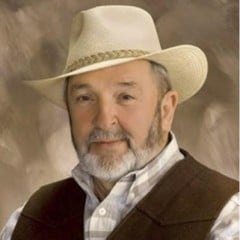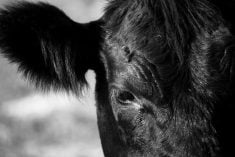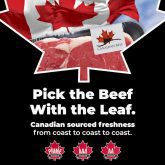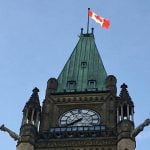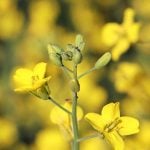A new week started on the first day of spring 2018. The collection of cars and half tons in the parking lot at the local burger joint meant the “Circle of Wisdom” had already started their daily debate, enriched with weekend news stories and beginning stages of sports playoffs. The Circle is a cluster of local and wise seniors who gather most days to talk about things past while forecasting the future. Many towns have them. Each member occupies his or her own seat, a spot relinquished only by permanent absence. They save the chair toward the door for unplanned guests, based on how the Circle balances an individual’s politics and knowledge of the subject at hand.
“Come sit, Doc,” Joe said as I waited for my breakfast sandwich and coffee. “We need your opinion on something. What’s an oligarch?”
Not sure why they asked me the question and where it would lead, I started slowly. “Oligarchs are extremely wealthy business leaders who are politically connected. They became prominent in Russia over the last 20 years. They’re not unique to Russia. Many Russian oligarchs are heavily involved in and benefit from Russian President Vladimir Putin’s regime. Some serve key political positions. Others are bitter enemies.”
Read Also
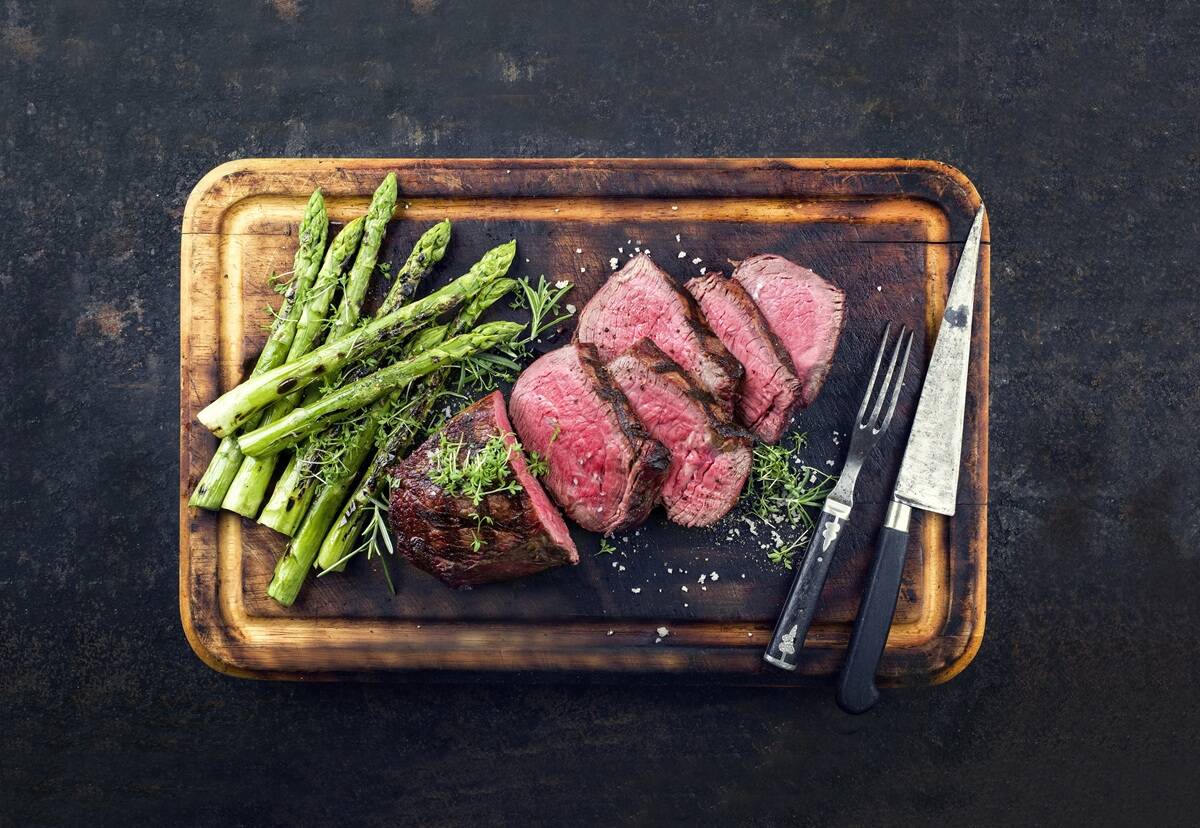
Building demand together: The impact of Canada’s beef import levy
The beef import levy has become a central tool for ensuring balance in Canada’s beef industry
The relationship between politics, crime and oligarchy is a tangled web. The links between Russian state power and organized crime endure, having an impact on global economics and politics. Today, Putin controls the oligarchs, and together they control and exploit the criminal world to their mutual advantage. The emergence of free enterprise with the dissolution of communism went astray. The intended product of privatizing former state property became muddled.
Mark Galeotti, in his book The Vory: Russia’s Super Mafia, describes the Russian Mafia initially as key sellers of security and protection services. Buying security meant service was far from voluntary. Those who refused to pay for “protection” found themselves driven out of business or exposed to brute and sometimes terrifying force. The political calculus of the criminal world changed in the final days of the Soviet Union, setting organized criminals on a trajectory that would lead them to assume political influence and wealth at the end of the Soviet period and in the tumultuous transitional period that followed. Galeotti lays the basis for understanding the shifting relationship between crime and politics in contemporary Russia, where wealth and power are highly concentrated around President Vladimir Putin and his inner circle.
Major faults of oligarchs include:
1. Most are structured on wealth and invite corruption.
2. Oligarchs create societal divisions because they are based on experts being in charge to prevent “outsiders” from having any influence.
3. They decrease diversity. Every decision tends to come from a singular perspective, which creates stagnant growth, values and even morals over time. Prices get fixed; supply and demand can be controlled or abused. Although people can pursue their own interests in an oligarchy, it is done at the expense of diversity. If too much power is given to the oligarchy, changes in supply and demand can be altered or prices fixed. As power consolidates around the few, less is given to the many.
Unsavoury activity most people grasp is the broadcasting of prostitution, money laundering, gambling, purchase of professional sports teams and heedless cybercrime. Many are fascinated by luxury yachts worth tens of millions parked in harbours around the world, all purchased with tainted money. Russian organized crime has also profited greatly from the looting of natural resources — fish, timber and wildlife.
A critical point often missed is the wanton exploitation of European agriculture by oligarchs.
The European Union, a block of 28 countries, pays out $65 billion in farm subsidies every year. Across Central and Eastern Europe, many of these funds go to a connected and powerful few. A New York Times investigation in 2019 uncovered a subsidy program that is opaque and warped by corruption. European leaders disagree about many things, but they all count on generous subsidies and wide discretion in spending them. The program is the biggest in the European Union’s central budget, accounting for 40 per cent of expenditures, one of the largest subsidy programs in the world. Many in Brussels who write and vote on farm policy have no idea where the money goes.
With the collapse of the Soviet Union in the 1990s, countries such as Bulgaria, Czechoslovakia, Hungary, Poland and Slovakia annexed land and created a modern feudal twist, giving jobs and aid to the compliant and punishing those who fight the system. Leaders auction off thousands of acres to family and close associates. Those who control the land qualify for millions in subsidies from the European Union, much of it given with little impunity. Post-Soviet Russia followed suit with huge land grabs by oligarchs in search of new frontiers. Dispossession often takes place with little or no compensation and little security of land tenure for existing farmers.
Oligarchs from Russia (and elsewhere) aren’t simply businesspeople looking to create jobs or revitalize local economies. As people in Russia well know, the oligarchs are little more than parasitic figures extracting wealth and hiding it in the West — attempting not only to conceal their finances but to target key industries and expand resources for the benefit of the Kremlin’s malign campaigns. And rather than be seen as oligarchs in the pocket of a dictatorship in Moscow (which should have been blackballed years ago), they’ve funnelled these donations to U.S. nonprofits to transform themselves into supposedly successful philanthropists (New York Magazine, April 2022).
Dr. Ron Clarke prepares this column on behalf of the Western Canadian Association of Bovine Practitioners. Suggestions for future articles can be sent to Canadian Cattlemen ([email protected]) or WCABP ([email protected]).

